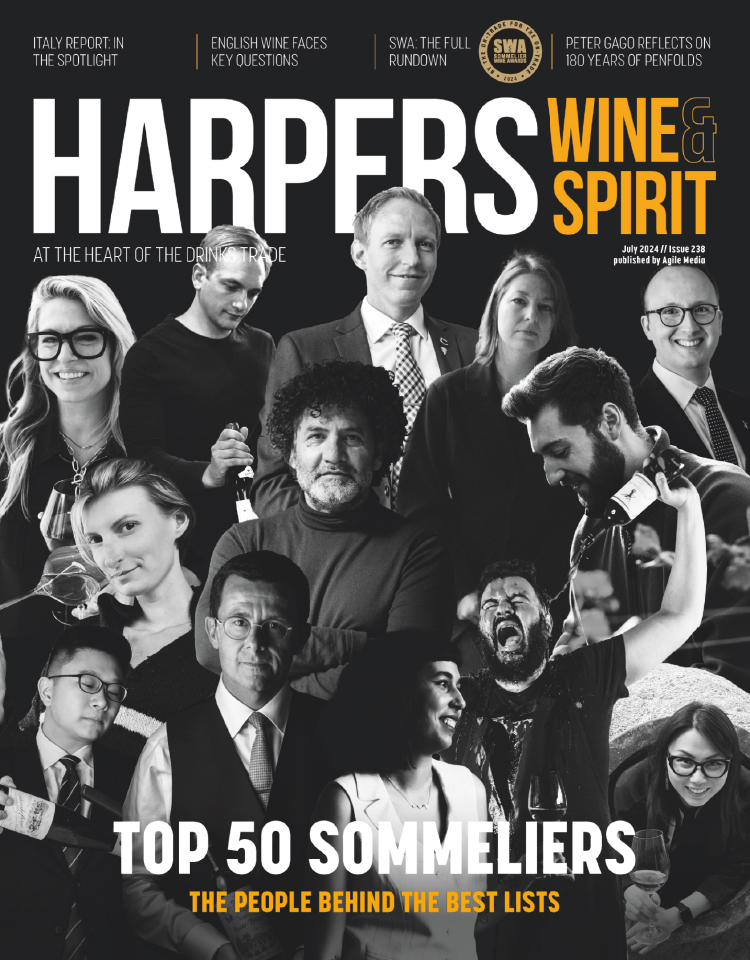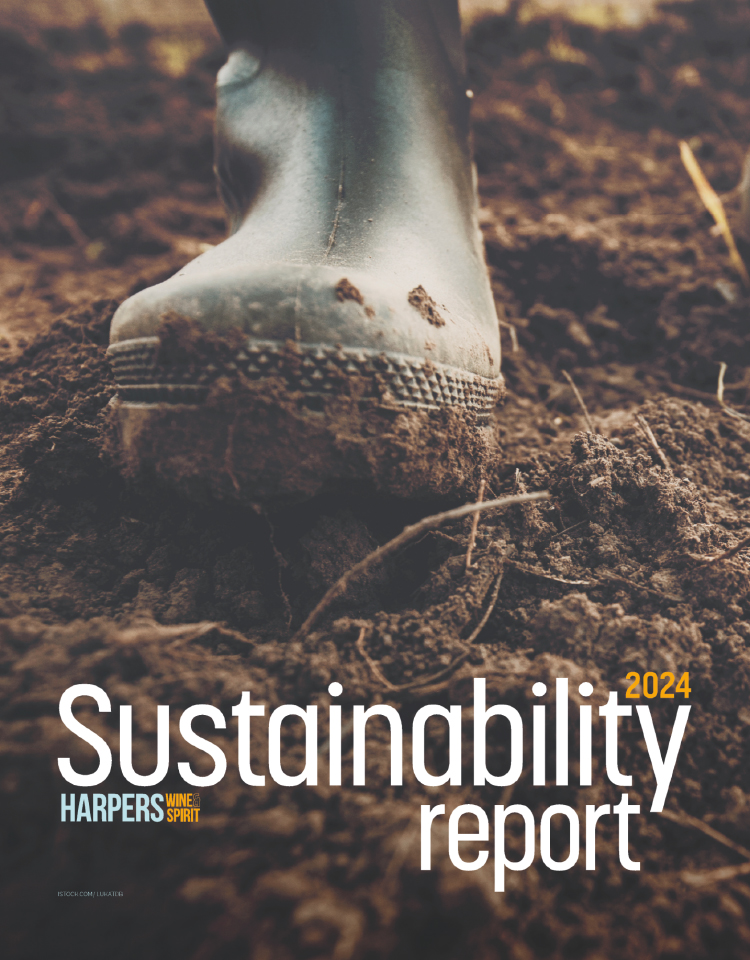The City
You have been warned. The supermarket chains are intent upon squeezing suppliers' margins even further.
Justin King, the chief executive of J Sainsbury, said last week that the 100 million price cuts he needs to make to match those of his competitors would be financed by operational cost savings and improved terms from suppliers'. In almost the same breath he alleged that Tesco offered 30% off all their Australian wine range. That's below cost.'
J Sainsbury needs to make savage price cuts to tempt back customers because in the past six years its sales have actually fallen. True, the group may have taken all the financial pain from its past disasters, but its annual pre-tax profits of just 15 million compared starkly with Tesco's 2 billion (and J Sainsbury would have made a loss had it not deferred 50 million worth of exceptional costs to next year). A decade ago, J Sainsbury was the market leader. Today, Tesco has a 29.5% market share, while J Sainsbury languishes in third place with 19.9%, behind Asda with 16.5%.
King reckons he can add 2.5 billion worth of sales to J Sainsbury's turnover over the next three years, but at the same time he needs to get the group's margins up from the present 2.2%. (Tesco's are 5.8%.) Crucially, the group expects to lower the cost of goods by between 1-1.5% each year during the three-year turnaround period through improved terms' from suppliers.
From the above, you might deduce that J Sainsbury is far from healthy, but that would be inaccurate. Its balance sheet is solid and its gearing (the ratio of debt to shareholders' funds) is a modest 32%. And while shareholders received a 630 million special payout last year, that was more than covered by the sale of its US subsidiary.
Indeed, J Sainsbury could be said to be on the way back up, while Wm Morrison sinks further into the mire. Morrison has issued its fourth profit warning in a year, and Sir Ken Morrison has only just survived institutional pressure for him to step down after nearly 40 years at the helm. The Morrison/Safeway group now accounts for a diminishing 12.2% of the market, and it admitted with its latest set of results that it had not been able to squeeze as favourable terms as it might from its suppliers. Some analysts even speculate that the recent upturn in Sainsbury's fortunes (like-for-like sales were up 1.7% in the first quarter of 2005) is due to shoppers deserting Morrisons.
Even so, despite J Sainsbury getting to grips with its supply chain, the competition is becoming ever more intense. Brokers are forecasting profits for the current year of about 283 million, some 87% lower than the target for Tesco. It's going to be a long haul back. In terms of a Land's End to John O'Groats walk, Sainsbury has reached Penzance.







